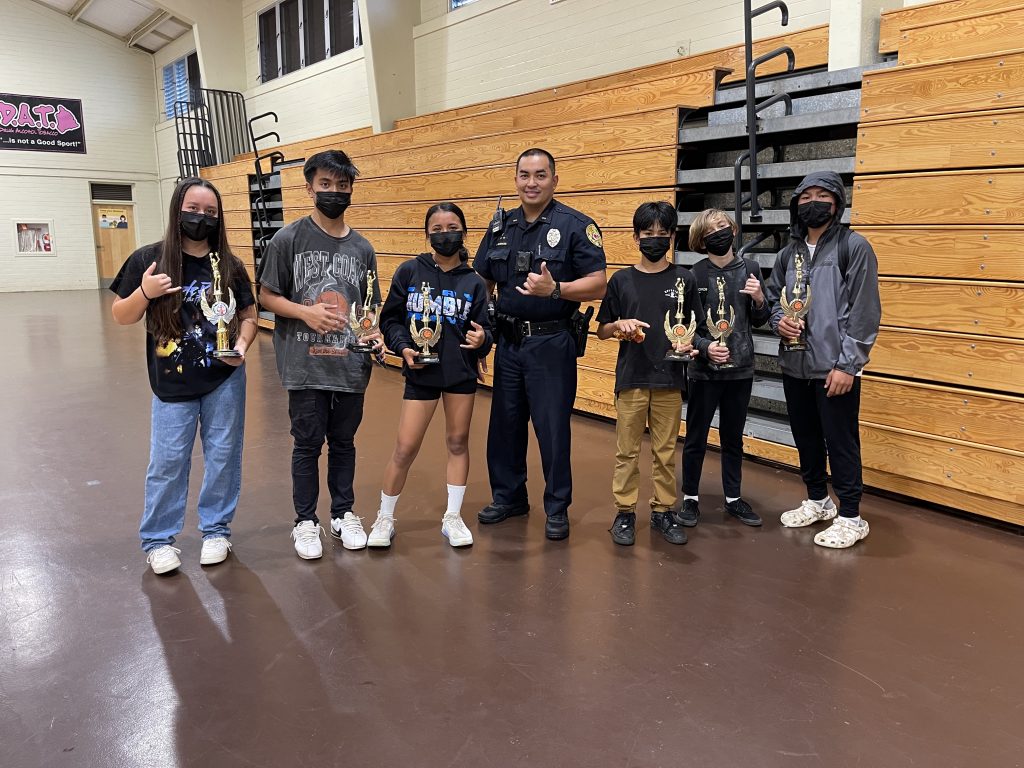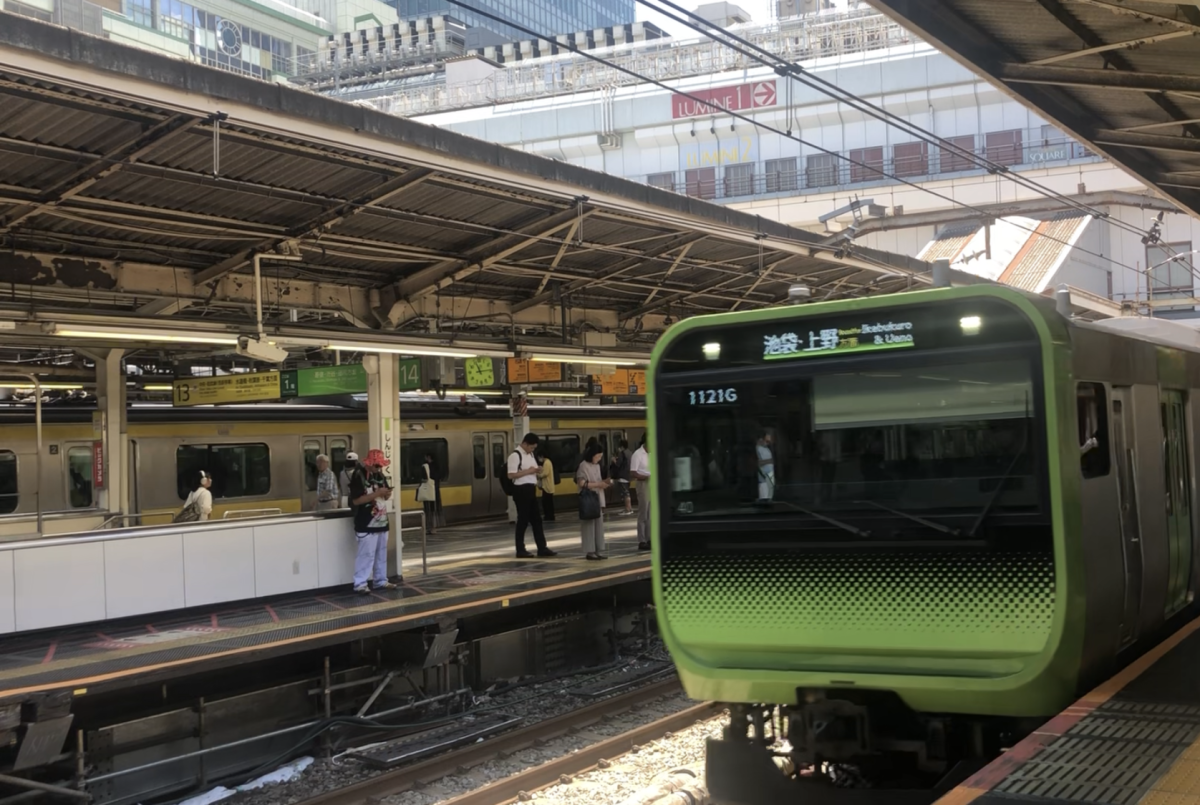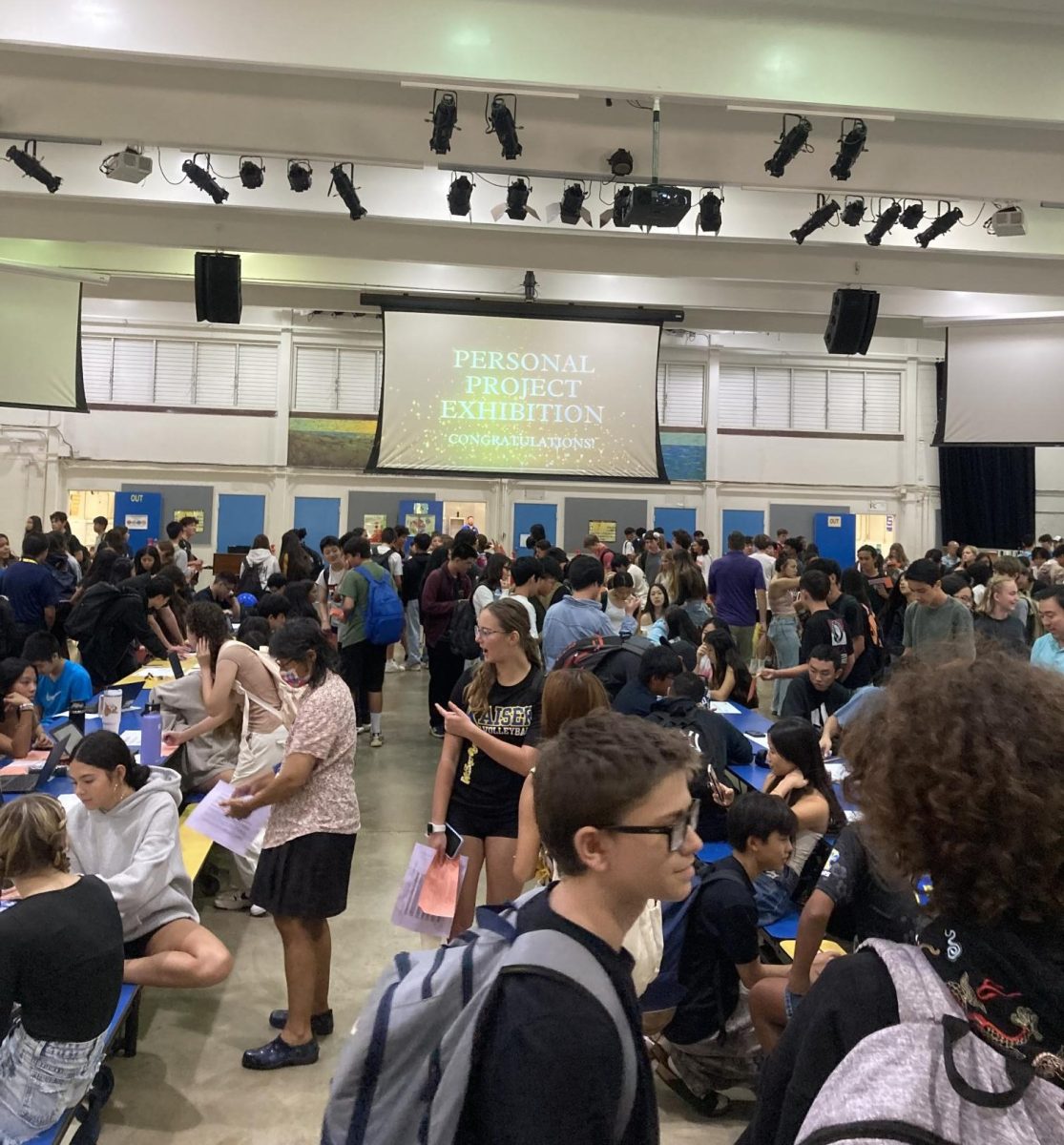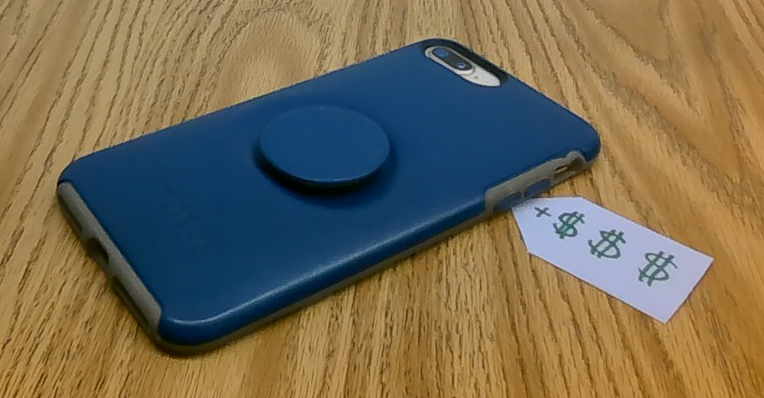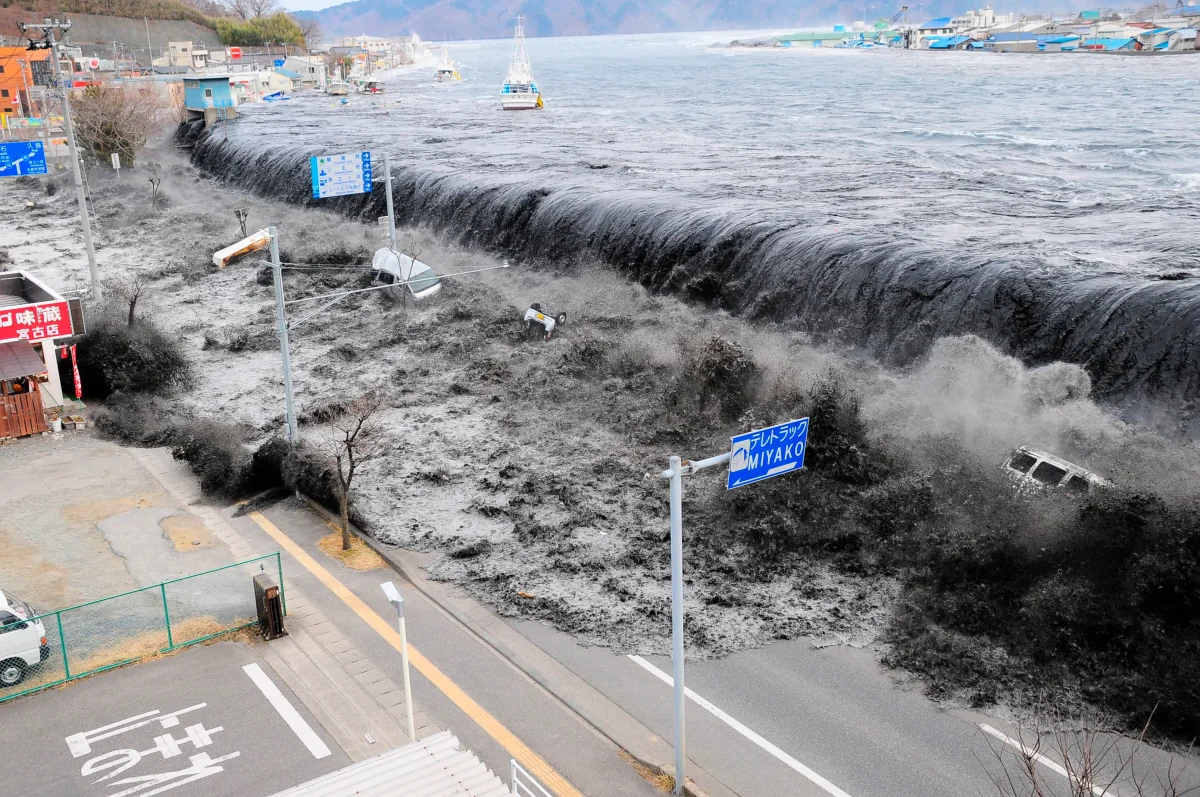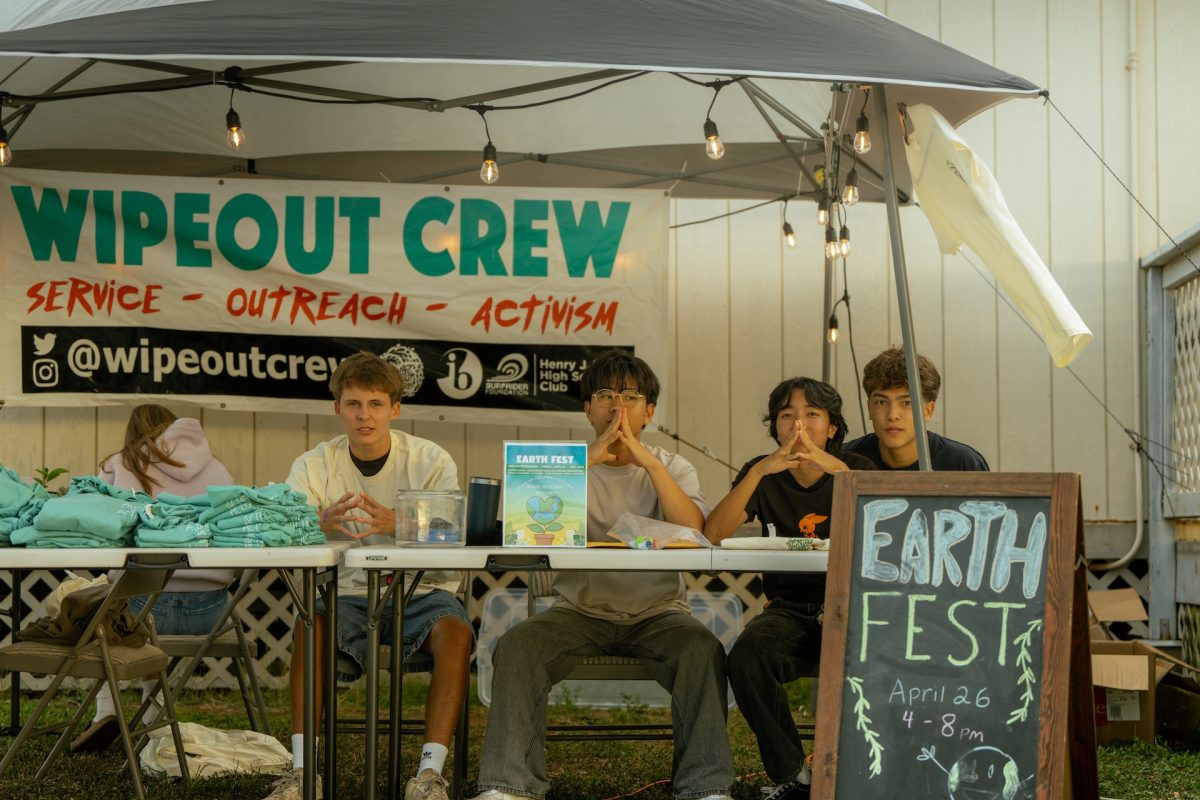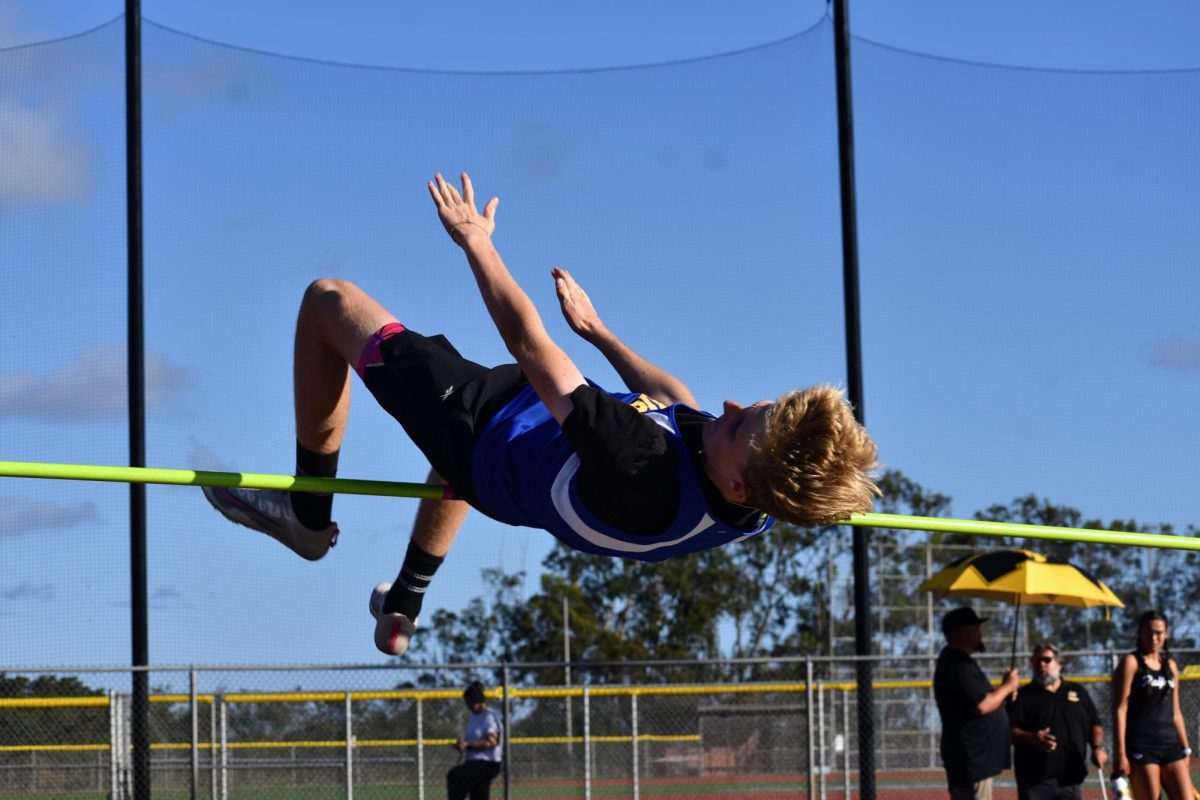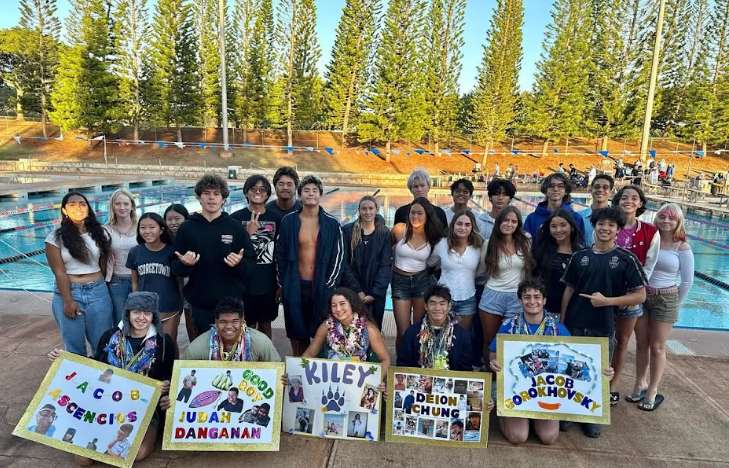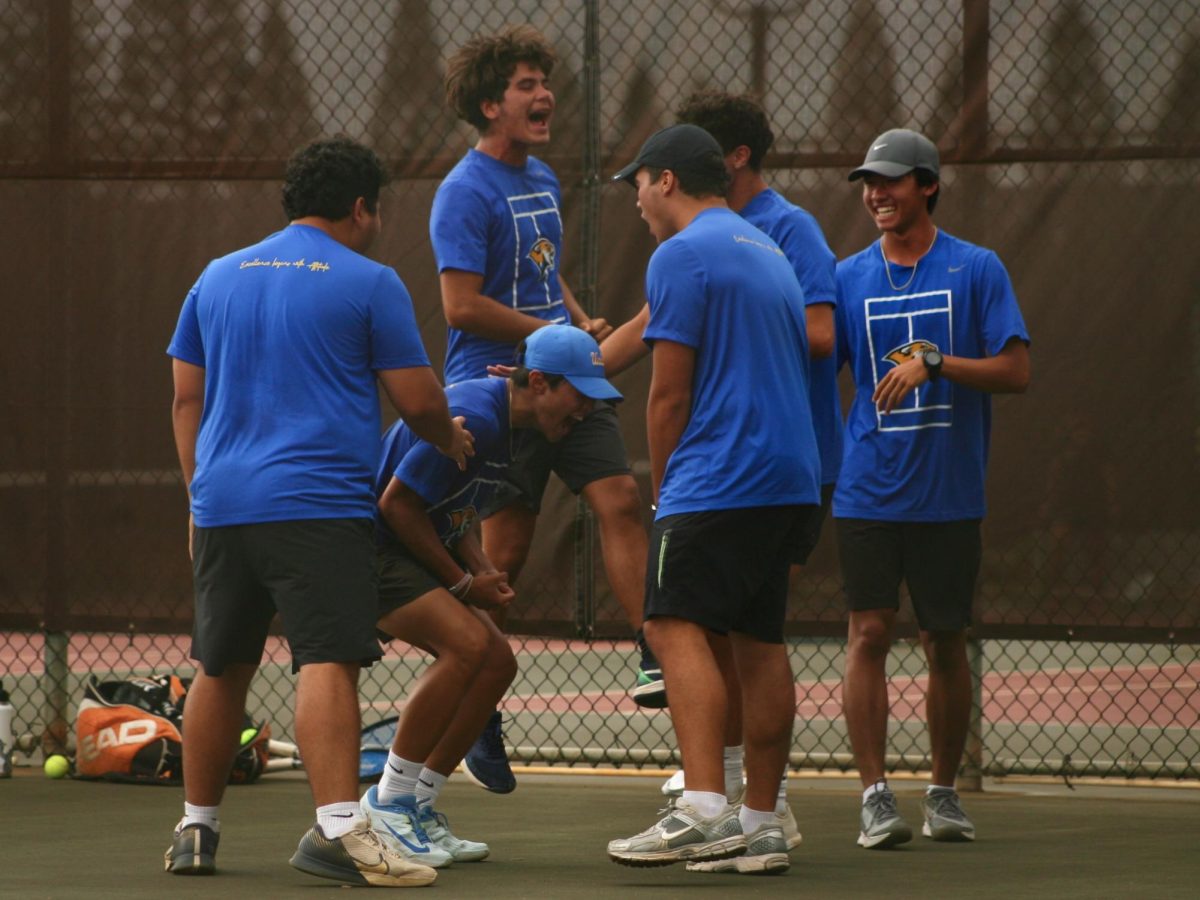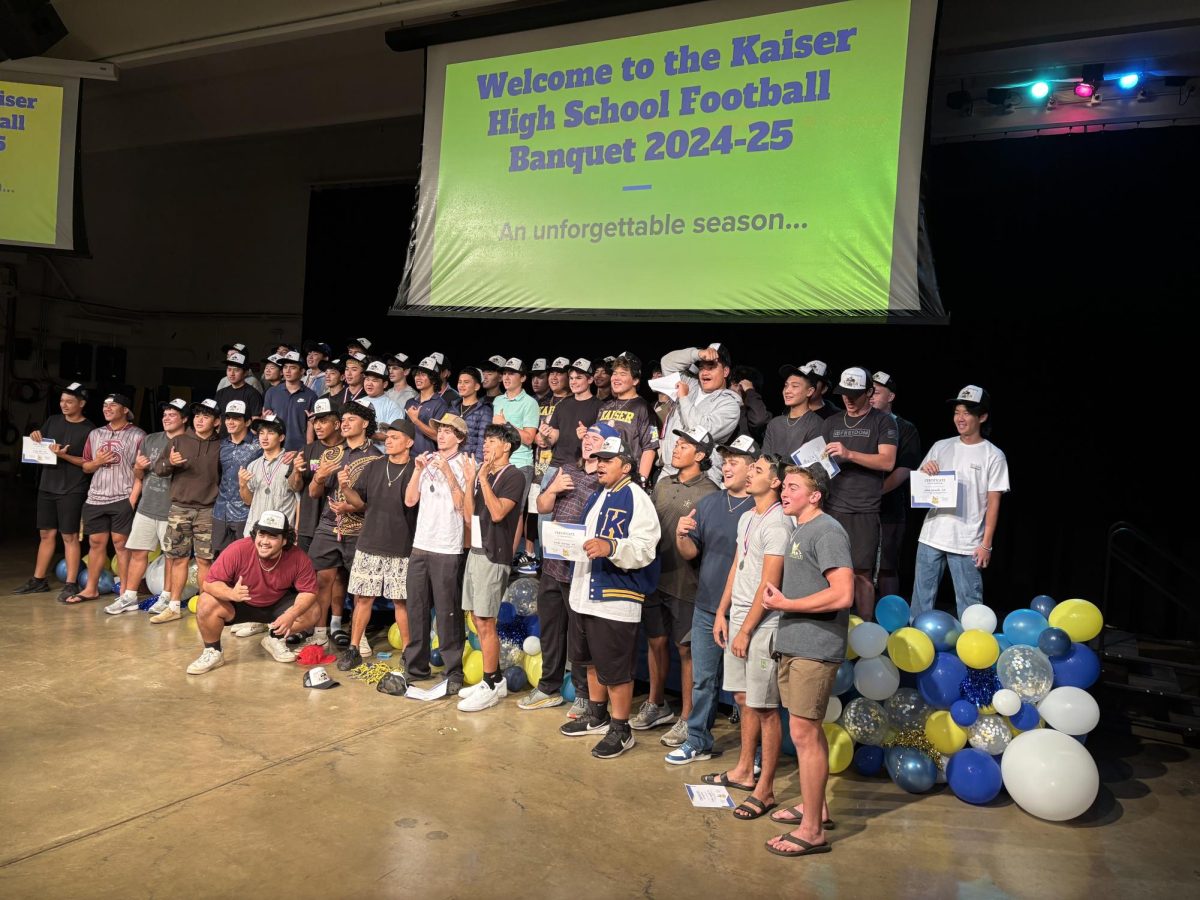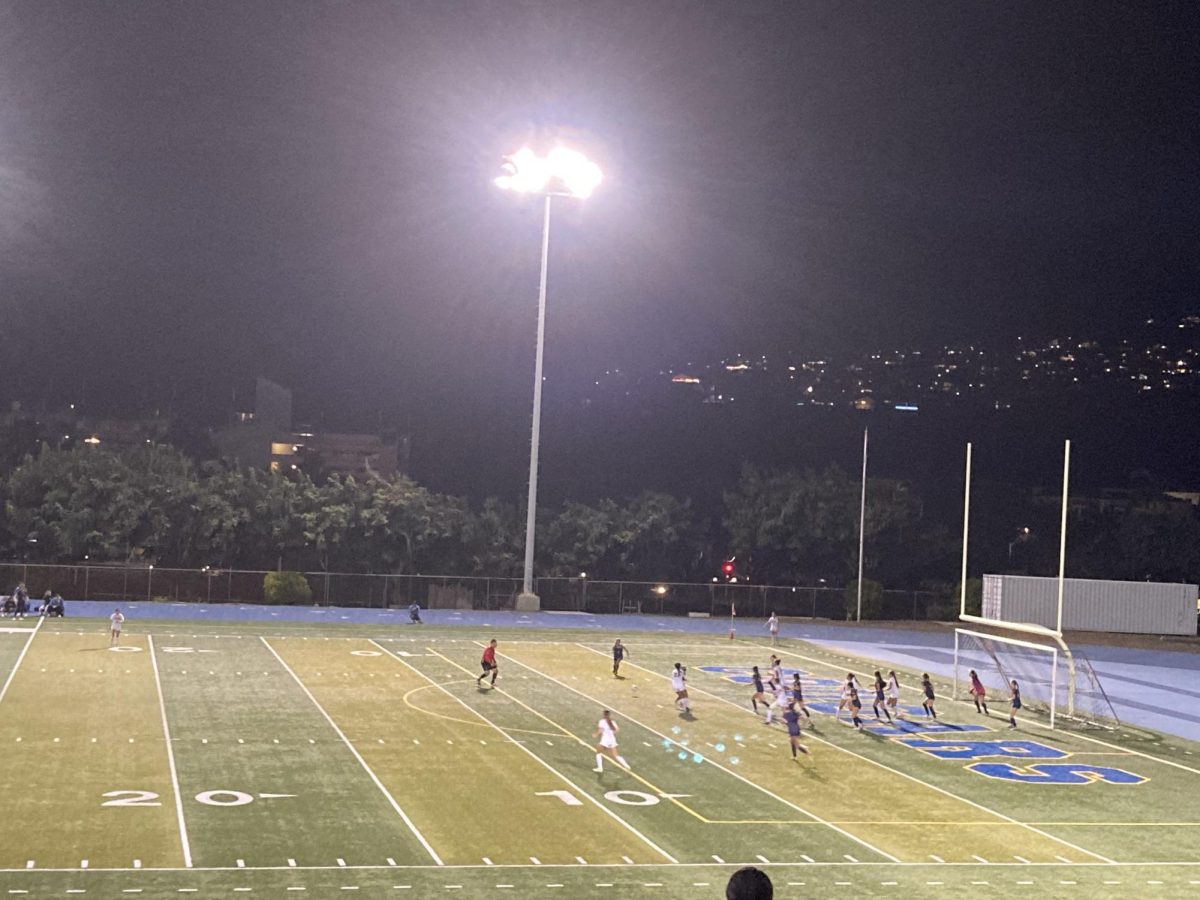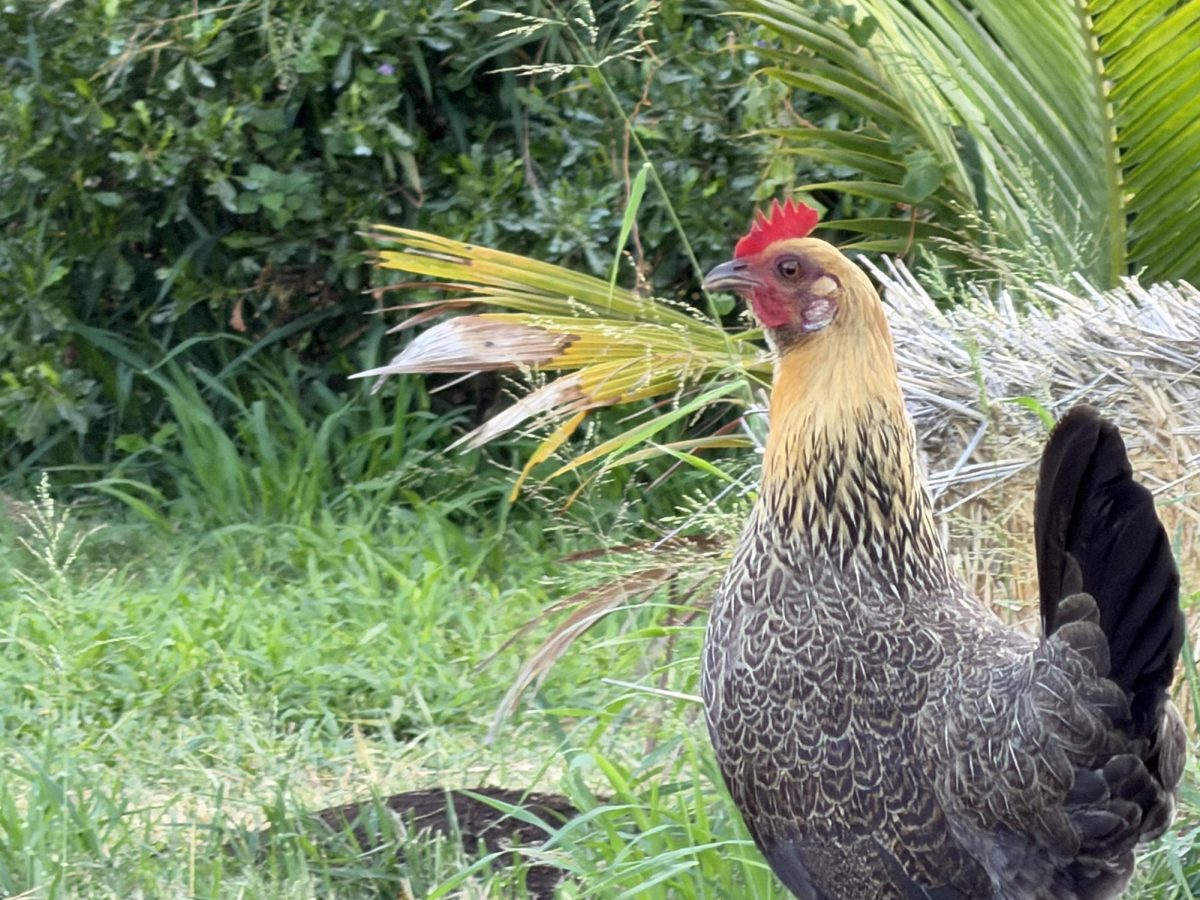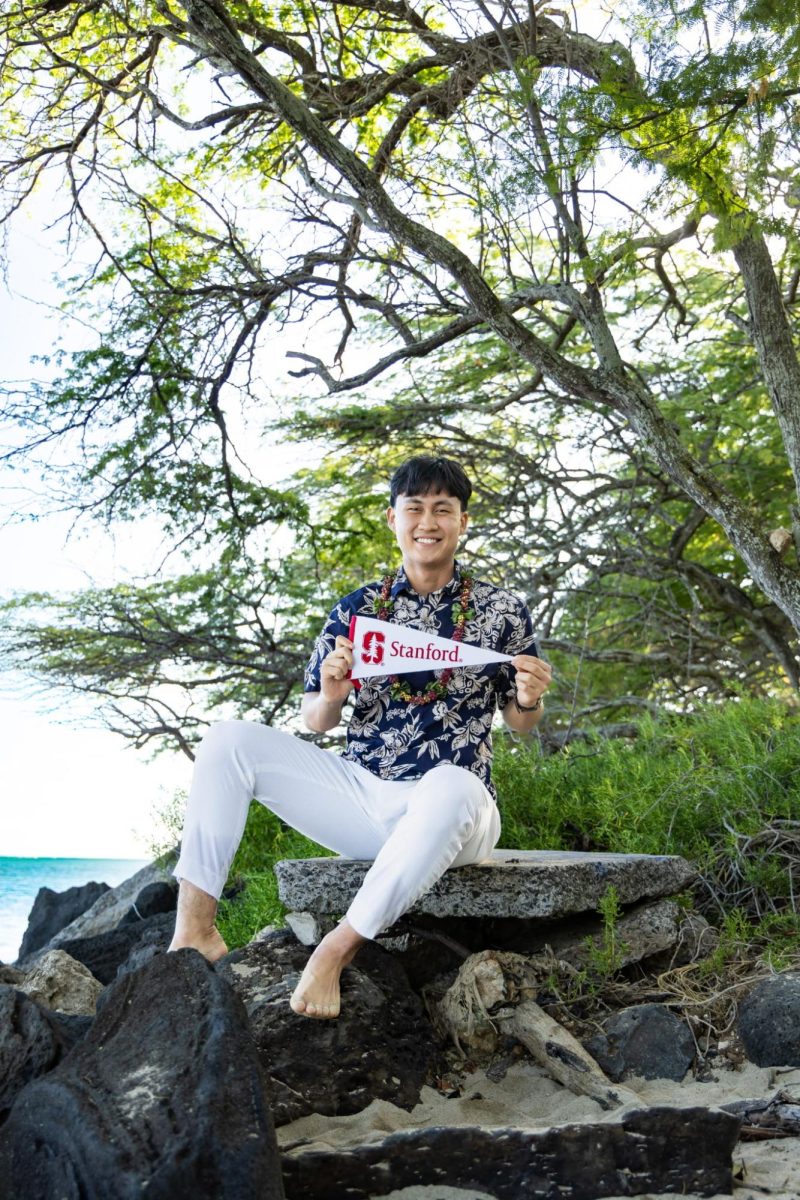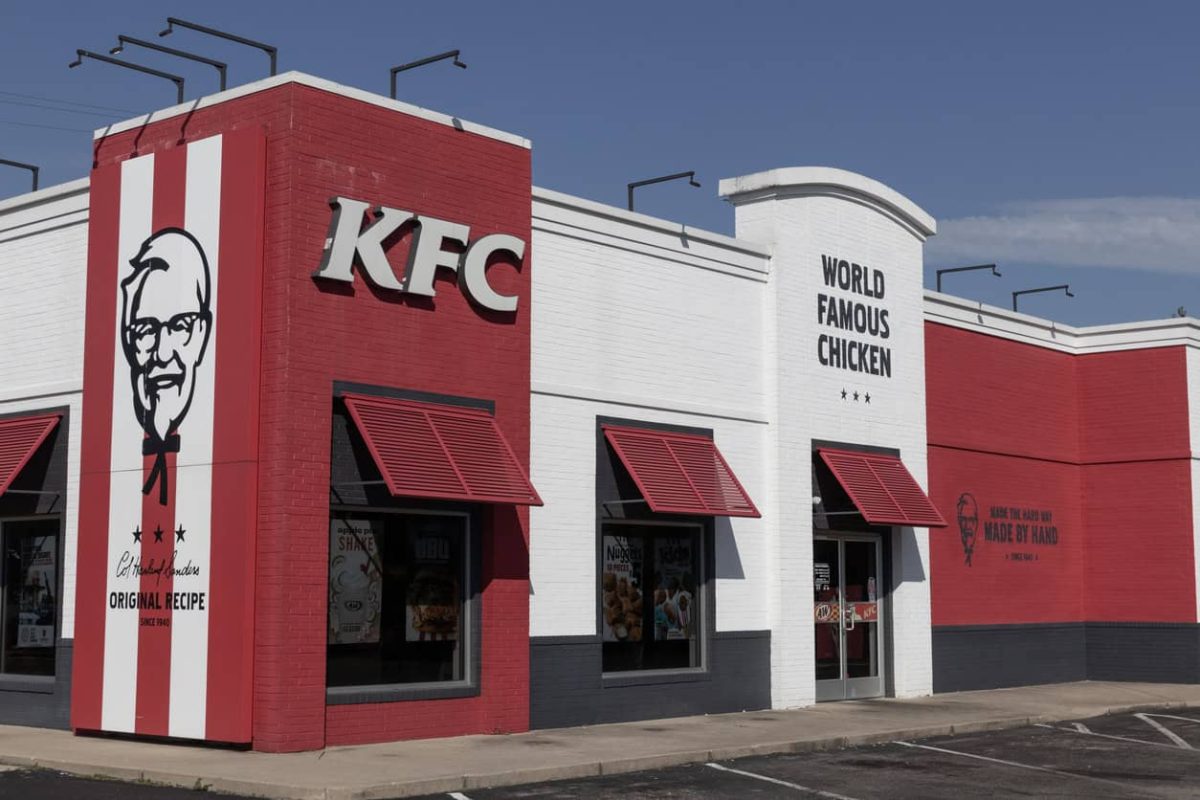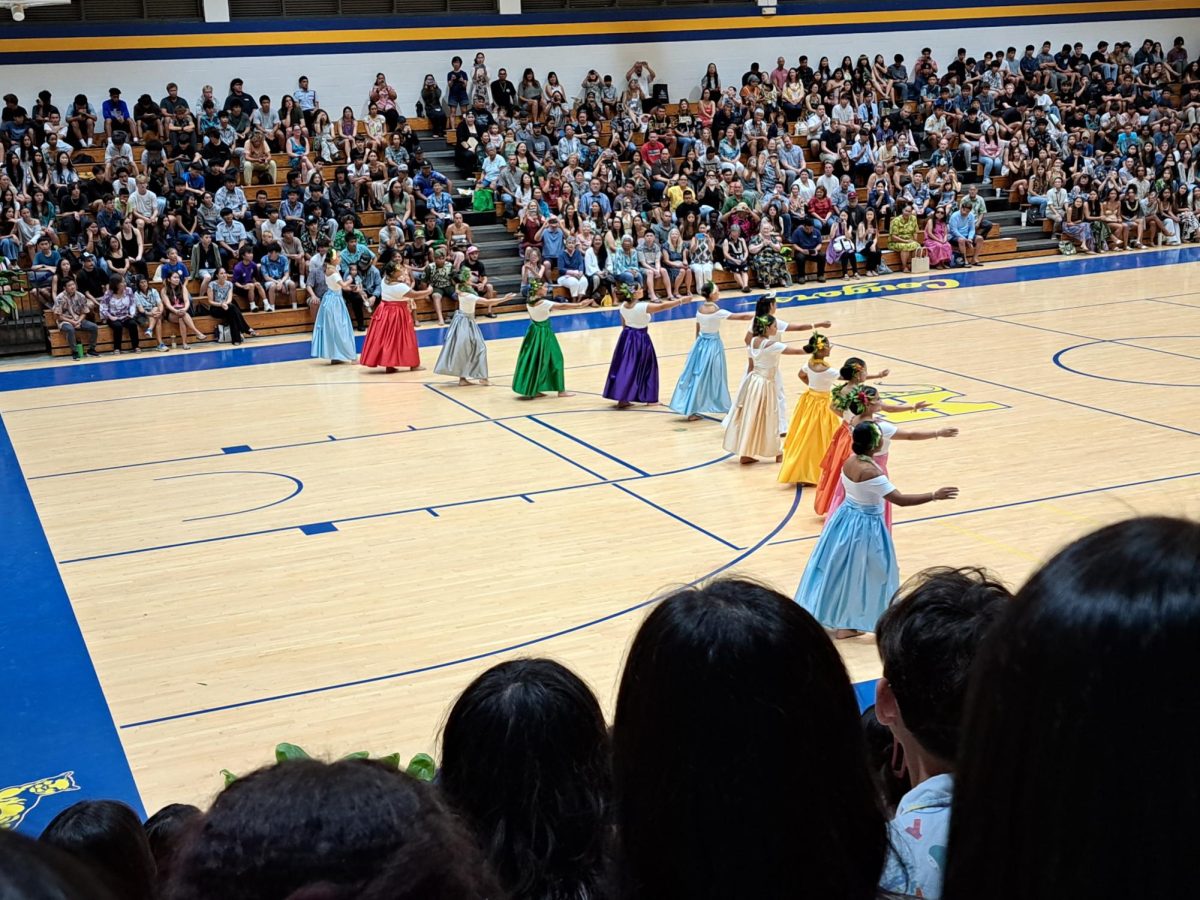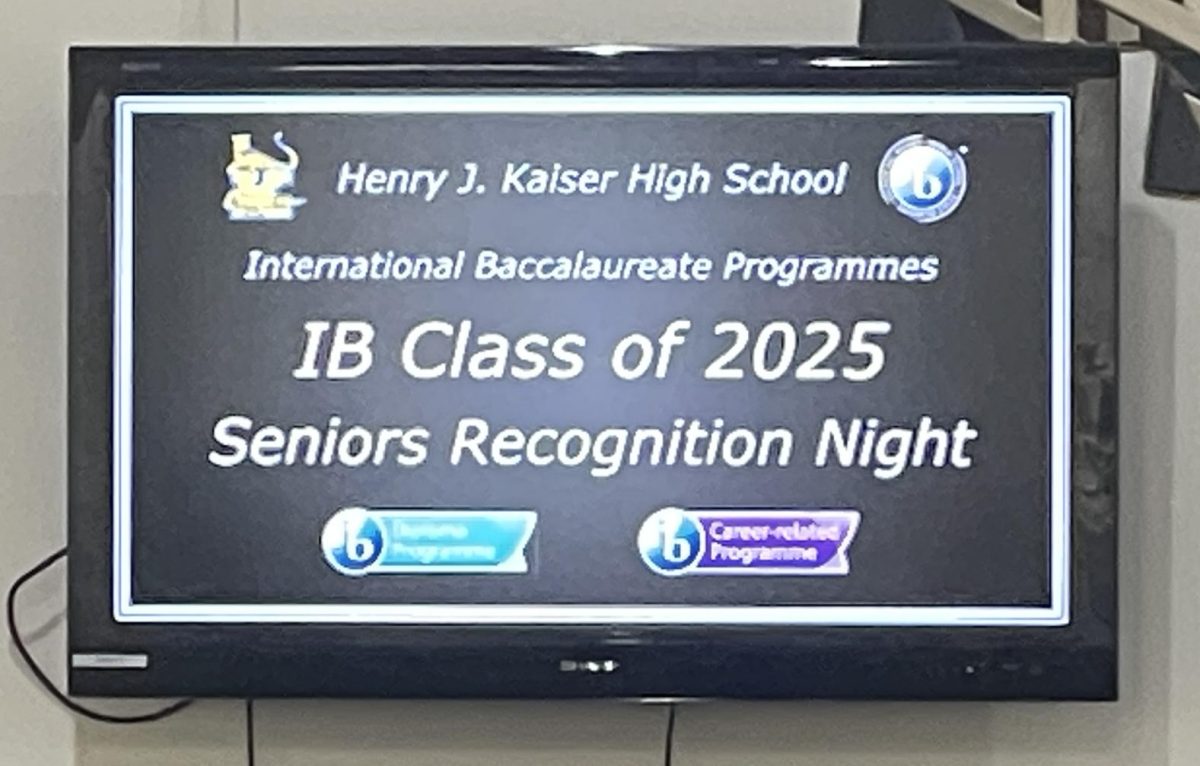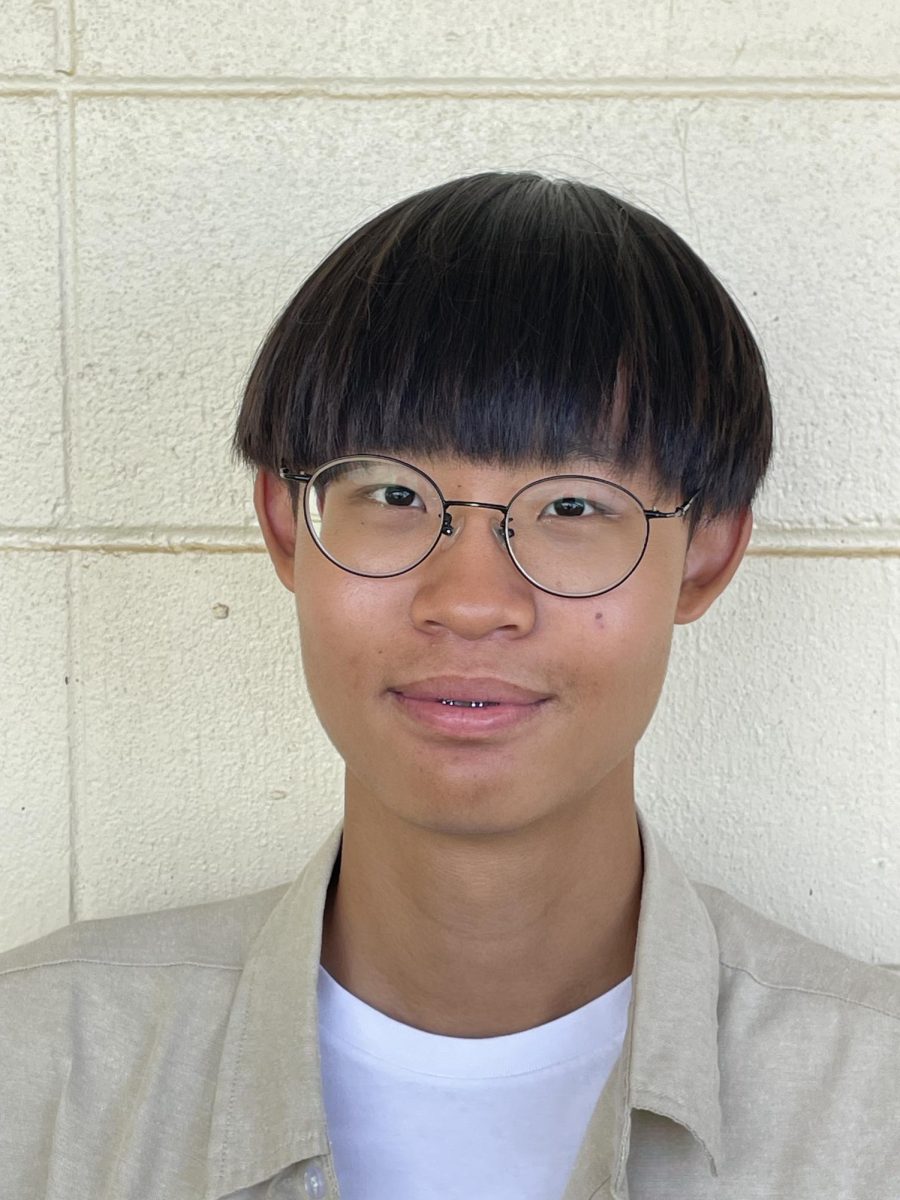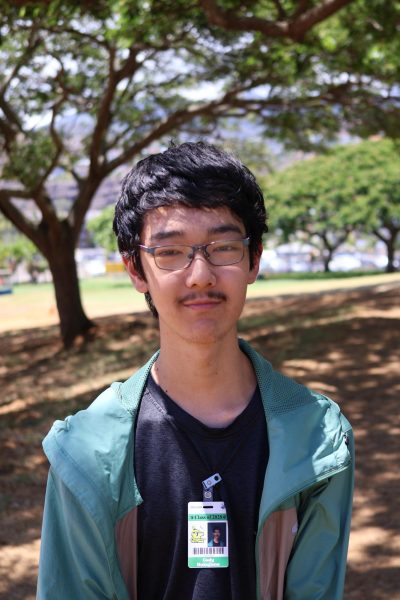Hawai’i happens to be home to a wide variety of species of native Hawaiian plants which you won’t find anywhere else in the world. Unfortunately, with the rapid spread of urbanization across the islands, these plant species have been put at an ever-increasing risk of extinction over the years. However, located just north of C Building, Kaiser’s Peace & Sustainability Garden is working hard to ensure that these plant species are being well-cared for.
The Peace Garden was founded in 2016 by Wipeout Crew Advisor Paul Dela Balazs, and has since grown into what it is today. It originally came about as a result of students wanting to learn more about how to grow their own food. When Balazs eventually learned of the garden’s history, it was decided that the garden would double as a garden for native Hawaiian plants. Before its founding, the lot near C Building had previously belonged to Kaiser’s now removed Hawaiian class. Balazs made the choice to honor the class’ legacy and transform it into the garden we know and love. He states “We moved our vision of just being a garden to grow food to also a garden to honor the past.”
Garden Days take place during Fridays, and are public after-school events hosted by the Wipeout Crew. Students get the opportunity to learn more about propagation, growing and fertilizing plants, as well as a variety of other gardening concepts. Weeding is also a big part of Garden Days. “We just kind of love having fun together outside.” says Balazs. Balazs’ favorite part of the garden is how it provides students with an opportunity to enjoy nature, “away from screens and out of the classroom.” He states. ”Just to be able to have space and fresh air.” As it turns out, Balazs is not the only one who enjoys having the garden around, as a number of other students are also seen attending garden days and helping around. “I think people love the garden when they’re there,” Balazs says, “whether they’re there as a part of a project, or they’re just there to volunteer their time.” He states that it also acts as a way for students to essentially “soothe their spirits and rest their minds a little bit.”
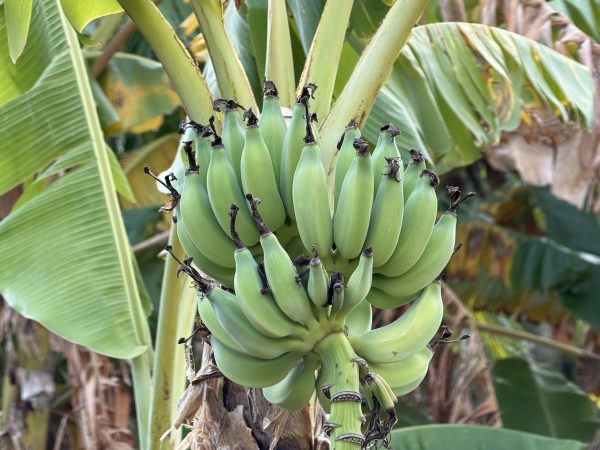
As a result of the hard work coming from not just the Wipeout Crew, but also the other volunteer students, the garden is constantly evolving with time. In fact, there are currently plans for the future of the peace garden, including building a full propagation station. Balazs mentions how there are plans to sell the plants they grow during Kaiser’s Weekly Farmers Market, as part of the entrepreneurial agricultural program. More recently, Balazs mentions that he has received one-hundred botanical placards with the scientific names for native Hawaiian plants, and plans to use it to create interpretative signage in the garden. “Some people are walking through the garden, they can use the garden to help orient them in place and time.” Balazs says. “So when they’re there, they can see that this place, before this building was here, before Kaiser was here, before Hawai’i Kai was a neighborhood, what happened here? What was going on here? Who were the people here?” Balazs hopes to help teach students not only about gardening and sustainability in the future, but also about the history of the land this garden has grown on. “I would hope that education is our next big phase, making sure that when people are in the garden, they’re not just enjoying it, but are learning something about their place.”
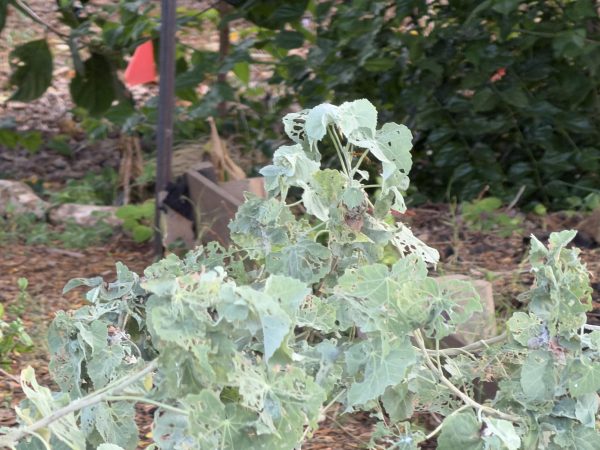
Even whilst it may look like a humble patch of plants to some, the Peace and Sustainability Garden actually holds a great amount of history if you take the time to look into it further. It shows that even the smallest of projects can turn into something so significant, something that defines us and our people. It’s not common to find a project more special to Kaiser’s community than this, and it seems very clear to many that the garden will continue to grow, expand and educate for the many future generations that use it, same as it did to us and those before us.
